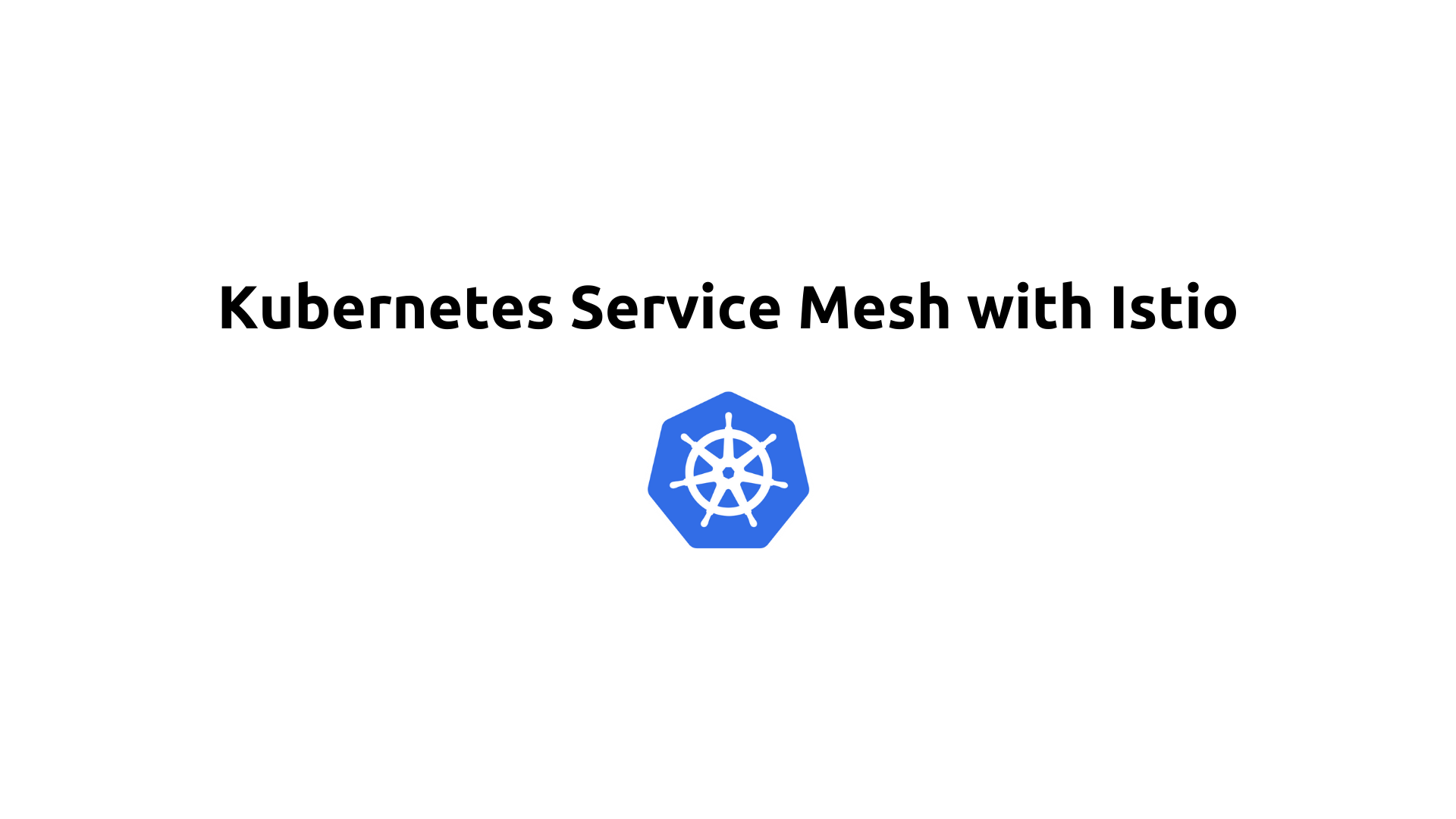Kubernetes Service Mesh with Istio
 Saurabh Adhau
Saurabh Adhau
🎯 Learning Objective
Learn how to implement Istio, a Service Mesh, within Kubernetes to manage and secure microservices communication effectively.
📖 Scenario
You want to improve the observability, security, and resilience of your microservices architecture running in Kubernetes. Istio offers a solution to manage traffic, enforce policies, and gather telemetry data without requiring changes to your application code.
Service Mesh:
A dedicated infrastructure layer handling communication between services within Kubernetes.
Istio:
An open-source Service Mesh that simplifies service-to-service communications by managing traffic, enforcing security policies, and providing observability through metrics, logs, and traces.
Envoy Proxy:
A high-performance proxy deployed alongside each service to manage inbound and outbound traffic, enforcing policies and collecting telemetry data.
Istio Installation
To begin using Istio in your Kubernetes cluster, follow these steps:
Download Istio Installation Script:
curl -L https://istio.io/downloadIstio | sh - cd istio-1.*Install Istio:
istioctl install --set profile=demo -y
Deploy a Sample Application with Istio
Deploy the Bookinfo sample application, consisting of multiple microservices:
kubectl apply -f samples/bookinfo/platform/kube/bookinfo.yaml
Enable Istio Injection
Automatically inject Istio sidecars into pods in the default namespace:
kubectl label namespace default istio-injection=enabled
kubectl delete -f samples/bookinfo/platform/kube/bookinfo.yaml
kubectl apply -f samples/bookinfo/platform/kube/bookinfo.yaml
Steps to Set Up and Use Istio
Install Istio:
Download and install Istio using the provided script.Verify the Installation:
Check Istio and Kubernetes pods to ensure everything is running correctly.Deploy a Sample Application:
Deploy the Bookinfo application to test Istio's capabilities.Enable Istio Injection:
Label the default namespace to enable Istio sidecar injection.Redeploy the Application:
Update your application deployment to include Istio sidecars.
Istio Components
Pilot: Manages traffic and service discovery.
Mixer: Enforces access control and usage policies.
Citadel: Manages certificates and identities.
Galley: Validates configurations.
Envoy Proxy: Each service includes an Envoy proxy sidecar for handling traffic, enforcing policies, and collecting telemetry data.
Benefits for Enterprise Applications
Traffic Management: Control traffic flow and API calls.
Security: Implement mutual TLS for secure communication.
Observability: Collect metrics, logs, and traces.
Resilience: Enhance fault tolerance with retries and circuit breakers.
Additional Concepts & Examples
Traffic Shifting: Gradually shift traffic between service versions.
apiVersion: networking.istio.io/v1alpha3
kind: VirtualService
metadata:
name: reviews
spec:
hosts:
- reviews
http:
- route:
- destination:
host: reviews
subset: v1
weight: 75
- destination:
host: reviews
subset: v2
weight: 25
Mutual TLS: Enable mutual TLS for secure service-to-service communication.
apiVersion: security.istio.io/v1beta1
kind: PeerAuthentication
metadata:
name: default
namespace: default
spec:
mtls:
mode: STRICT
Hands-on Activity
Install Istio:
Use the provided commands to install Istio in your Kubernetes cluster.Deploy Bookinfo Application:
Deploy and verify the Bookinfo sample application.Enable Istio Injection:
Label your namespace and redeploy to include Istio sidecars.Implement Traffic Shifting:
Define a VirtualService to shift traffic between service versions.Enable Mutual TLS:
Apply a PeerAuthentication policy for secure communication.Verify and Inspect:
Use commands likekubectl get pods,istioctl proxy-status, andkubectl describe <resource>to validate Istio configurations and inspect deployments.
Implementing Istio in Kubernetes enhances your microservices architecture by providing robust traffic management, security features, and detailed observability, ensuring your applications run efficiently and securely in a distributed environment.
Subscribe to my newsletter
Read articles from Saurabh Adhau directly inside your inbox. Subscribe to the newsletter, and don't miss out.
Written by

Saurabh Adhau
Saurabh Adhau
As a DevOps Engineer, I thrive in the cloud and command a vast arsenal of tools and technologies: ☁️ AWS and Azure Cloud: Where the sky is the limit, I ensure applications soar. 🔨 DevOps Toolbelt: Git, GitHub, GitLab – I master them all for smooth development workflows. 🧱 Infrastructure as Code: Terraform and Ansible sculpt infrastructure like a masterpiece. 🐳 Containerization: With Docker, I package applications for effortless deployment. 🚀 Orchestration: Kubernetes conducts my application symphonies. 🌐 Web Servers: Nginx and Apache, my trusted gatekeepers of the web.